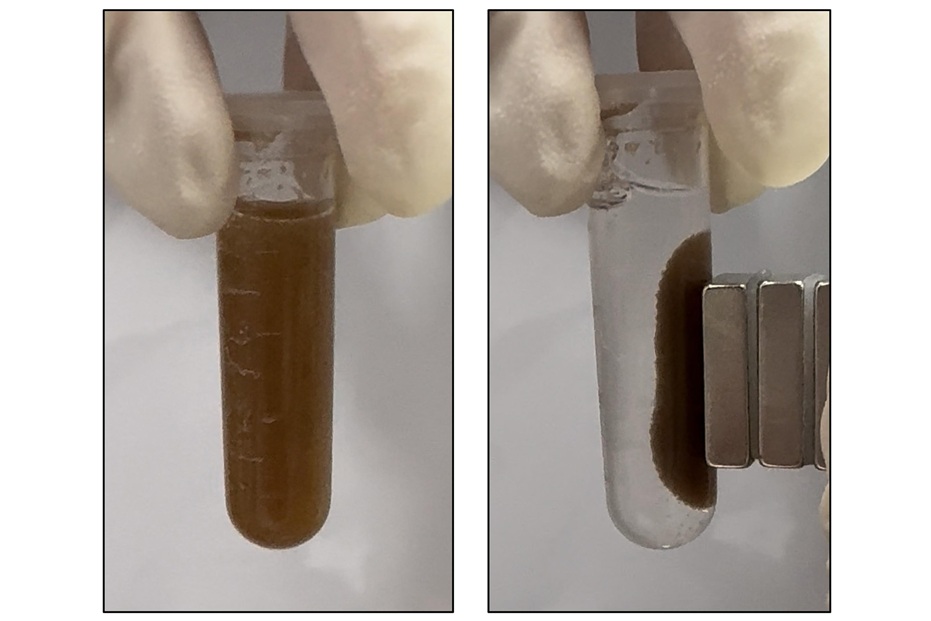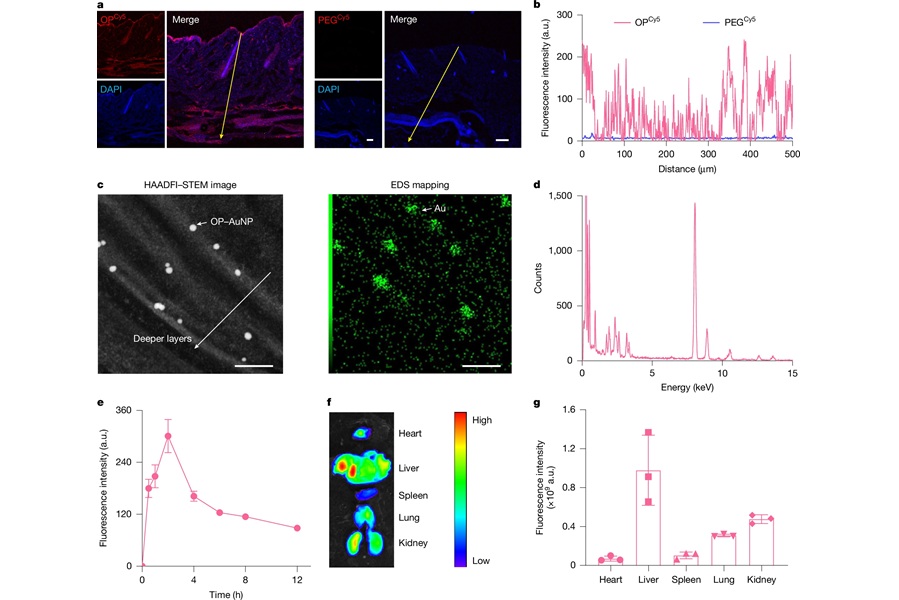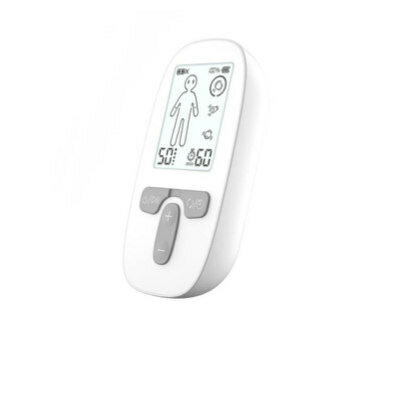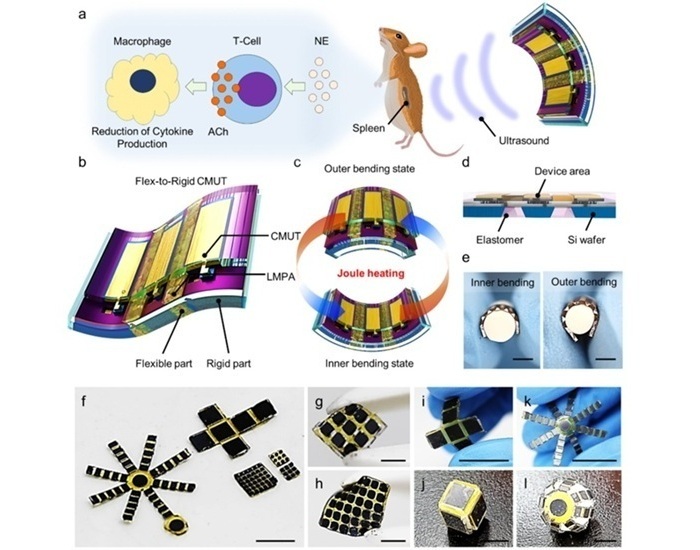World-First Device to Remove Bacterial Biofilm Inside Endoscopes
|
By HospiMedica International staff writers Posted on 23 May 2024 |

Endoscopes, which are long, thin instruments equipped with a light and camera at one end, are essential for internal medical examinations. Despite advancements, cleaning these tools sufficiently remains a significant challenge. Due to the sensitivity of their materials and electronics, endoscopes cannot undergo standard sterilization procedures applied to other medical and laboratory equipment. They require meticulous, lengthy cleaning processes to avoid contamination. However, even with rigorous cleaning efforts, endoscopes can retain bacterial biofilms—dense clusters of bacteria that adhere to surfaces and each other, protected by a slimy layer. These biofilms exhibit increased resistance to both antibiotics and disinfectants, potentially leading to severe infections or even patient deaths despite thorough decontamination efforts. Now, a new device aims to improve the endoscope cleaning process and prevent contamination by automatically removing bacterial biofilm inside which can cause infections.
Aston University (Birmingham, UK) is collaborating with PFE Medical (Staffordshire, UK), a company specializing in medical products, to advance the cleaning of endoscopes. They are exploring whether fiber optic probes equipped with ultraviolet (UV) light can effectively detect biofilms inside endoscopes. This research could lead to the creation of a pioneering device that inspects endoscopes and ensures they are clear of biofilms before use, thereby enhancing patient safety. This initiative builds on a previous successful collaboration between Aston University and PFE Medical, which developed a device called Khamsin that significantly enhanced the endoscope cleaning process and is currently being tested in real-world settings. This new partnership will leverage PFE Medical’s expertise in endoscope functionality along with Aston University's Institute of Photonic Technologies (AIPT), renowned for its leading-edge research in photonics, medical lasers, and bio-sensing technology, to potentially transform endoscope safety and cleanliness in healthcare settings.
“Biofilm is a hidden killer, and we have no way to detect it currently without completely taking apart these medical devices,” said Rob Hartley, Managing Director of PFE Medical. “There is rising concern about microbial resistance and to find a way to objectively detect bacteria would be a true innovation that would have impact around the world.”
“It was exciting to go to PFE Medical recently and see Khamsin in action, knowing that this new product came from a project that only finished last year,” said Professor Kate Sugden, Deputy Dean of the School of Engineering & Applied Sciences who will lead the project. “It will be a challenge to match the success of the last project, but I am optimistic that we can draw on the combined talent and facilities once again to make a significant contribution to solving this problem.”
Related Links:
Aston University
PFE Medical
Latest Surgical Techniques News
- Novel Endoscopy Technique Provides Access to Deep Lung Tumors
- New Study Findings Could Halve Number of Stent Procedures
- Breakthrough Surgical Device Redefines Hip Arthroscopy
- Automated System Enables Real-Time "Molecular Pathology" During Cancer Surgery
- Groundbreaking Procedure Combines New Treatments for Liver Tumors
- Ablation Reduces Stroke Risk Associated with Atrial Fibrillation
- Optical Tracking Method Identifies Target Areas in Robot-Assisted Neurosurgery
- General Anesthesia Improves Post-Surgery Outcomes for Acute Stroke Patients
- Drug-Coated Balloons Can Replace Stents Even in Larger Coronary Arteries
- Magnetic Kidney Stone Retrieval Device Outperforms Ureteroscopic Laser Lithotripsy
- Absorbable Skull Device Could Replace Traditional Metal Implants Used After Brain Surgery
- Magic Silicone Liquid Powered Robots Perform MIS in Narrow Cavities
- 'Lab-on-a-Scalpel' Provides Real-Time Surgical Insights for POC Diagnostics in OR
- Biodegradable Brain Implant Prevents Glioblastoma Recurrence
- Tiny 3D Printer Reconstructs Tissues During Vocal Cord Surgery
- Minimally Invasive Procedure for Aortic Valve Disease Has Similar Outcomes as Surgery
Channels
Critical Care
view channel
Glowing Bacteria ‘Pills’ for Detecting Gut Diseases Could Eliminate Colonoscopies
Diagnosing gastrointestinal diseases such as colitis and colorectal cancer often relies on colonoscopy, an invasive procedure that many patients avoid despite ongoing symptoms like bleeding, cramping, and diarrhoea.... Read more
Skin-Permeable Polymer Patch Delivers Insulin Non-Invasively Through Skin
Managing diabetes requires regular insulin delivery, but injections remain invasive and burdensome for patients. While transdermal drug delivery works well for small molecules, the skin acts as a strong... Read more
Nanogel Technology Almost 100% Effective in Destroying Drug-Resistant Bacteria Within Hours
Antibiotic resistance is one of the most serious global health threats, driven by bacteria that evade treatment and form protective biofilms that shield them from drugs. Pathogens such as Pseudomonas aeruginosa,... Read morePatient Care
view channel
Revolutionary Automatic IV-Line Flushing Device to Enhance Infusion Care
More than 80% of in-hospital patients receive intravenous (IV) therapy. Every dose of IV medicine delivered in a small volume (<250 mL) infusion bag should be followed by subsequent flushing to ensure... Read more
VR Training Tool Combats Contamination of Portable Medical Equipment
Healthcare-associated infections (HAIs) impact one in every 31 patients, cause nearly 100,000 deaths each year, and cost USD 28.4 billion in direct medical expenses. Notably, up to 75% of these infections... Read more
Portable Biosensor Platform to Reduce Hospital-Acquired Infections
Approximately 4 million patients in the European Union acquire healthcare-associated infections (HAIs) or nosocomial infections each year, with around 37,000 deaths directly resulting from these infections,... Read moreFirst-Of-Its-Kind Portable Germicidal Light Technology Disinfects High-Touch Clinical Surfaces in Seconds
Reducing healthcare-acquired infections (HAIs) remains a pressing issue within global healthcare systems. In the United States alone, 1.7 million patients contract HAIs annually, leading to approximately... Read moreHealth IT
view channel
EMR-Based Tool Predicts Graft Failure After Kidney Transplant
Kidney transplantation offers patients with end-stage kidney disease longer survival and better quality of life than dialysis, yet graft failure remains a major challenge. Although a successful transplant... Read more
Printable Molecule-Selective Nanoparticles Enable Mass Production of Wearable Biosensors
The future of medicine is likely to focus on the personalization of healthcare—understanding exactly what an individual requires and delivering the appropriate combination of nutrients, metabolites, and... Read moreBusiness
view channel
Philips and Masimo Partner to Advance Patient Monitoring Measurement Technologies
Royal Philips (Amsterdam, Netherlands) and Masimo (Irvine, California, USA) have renewed their multi-year strategic collaboration, combining Philips’ expertise in patient monitoring with Masimo’s noninvasive... Read more
B. Braun Acquires Digital Microsurgery Company True Digital Surgery
The high-end microsurgery market in neurosurgery, spine, and ENT is undergoing a significant transformation. Traditional analog microscopes are giving way to digital exoscopes, which provide improved visualization,... Read more
CMEF 2025 to Promote Holistic and High-Quality Development of Medical and Health Industry
The 92nd China International Medical Equipment Fair (CMEF 2025) Autumn Exhibition is scheduled to be held from September 26 to 29 at the China Import and Export Fair Complex (Canton Fair Complex) in Guangzhou.... Read more














